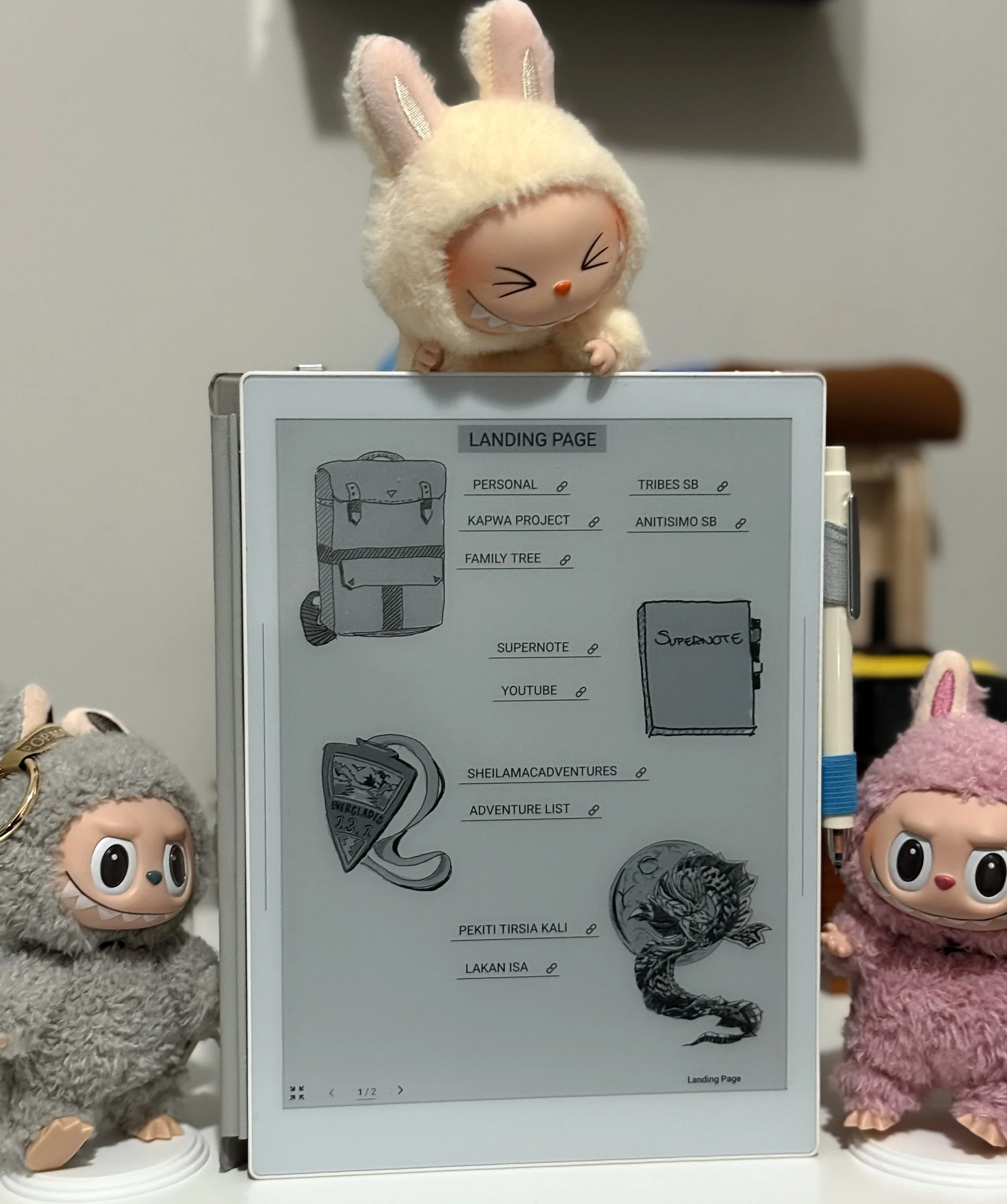The Central Hub for My Yearly Projects
When I open my Supernote, the first thing I see is my landing page. It’s my central hub—a carefully structured space where I track all the projects I’m working on throughout the year. But unlike a traditional dashboard that accumulates tasks indefinitely, my landing page is fluid. Each project has a dedicated start and end date, ensuring that nothing stays on my radar longer than necessary. Once a project is completed, it disappears from the landing page, making room for what’s next.
I deliberately placed my landing page in my Notes folder instead of my Documents folder. My Notes folder acts as an active workspace—a place where ideas, tasks, and priorities are constantly evolving. The Documents folder, on the other hand, is more of a long-term archive, where finalized work and references live. By keeping my landing page in Notes, I reinforce its temporary nature. It’s not meant to be a permanent fixture but a dynamic space that keeps me focused on my current priorities.
This system keeps me organized without overwhelming me. Instead of sifting through old files or getting lost in a sea of documents, I always know exactly where to look. My landing page is my guidepost, helping me move through the year with clarity and purpose.
More posts on Organization:

